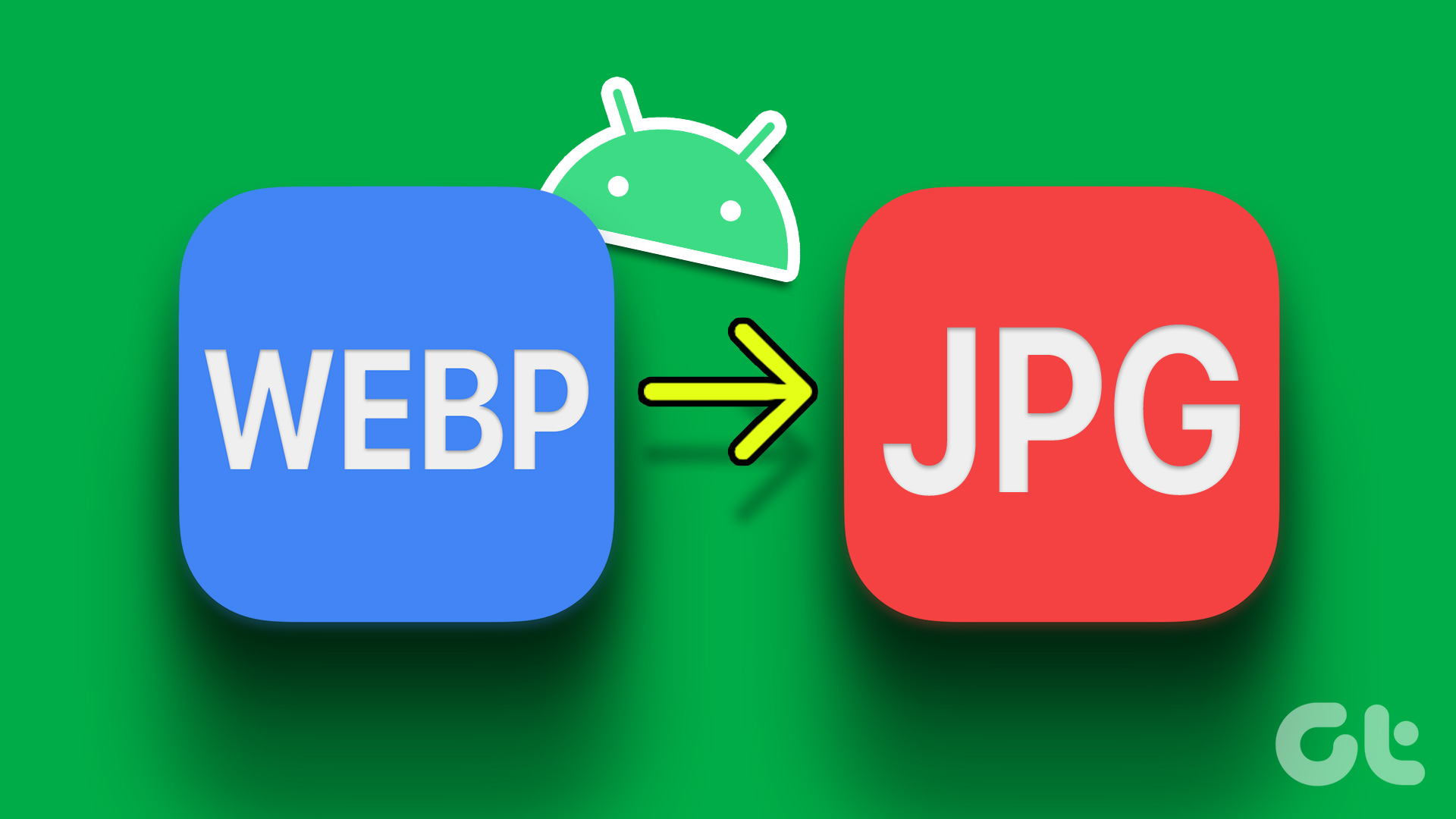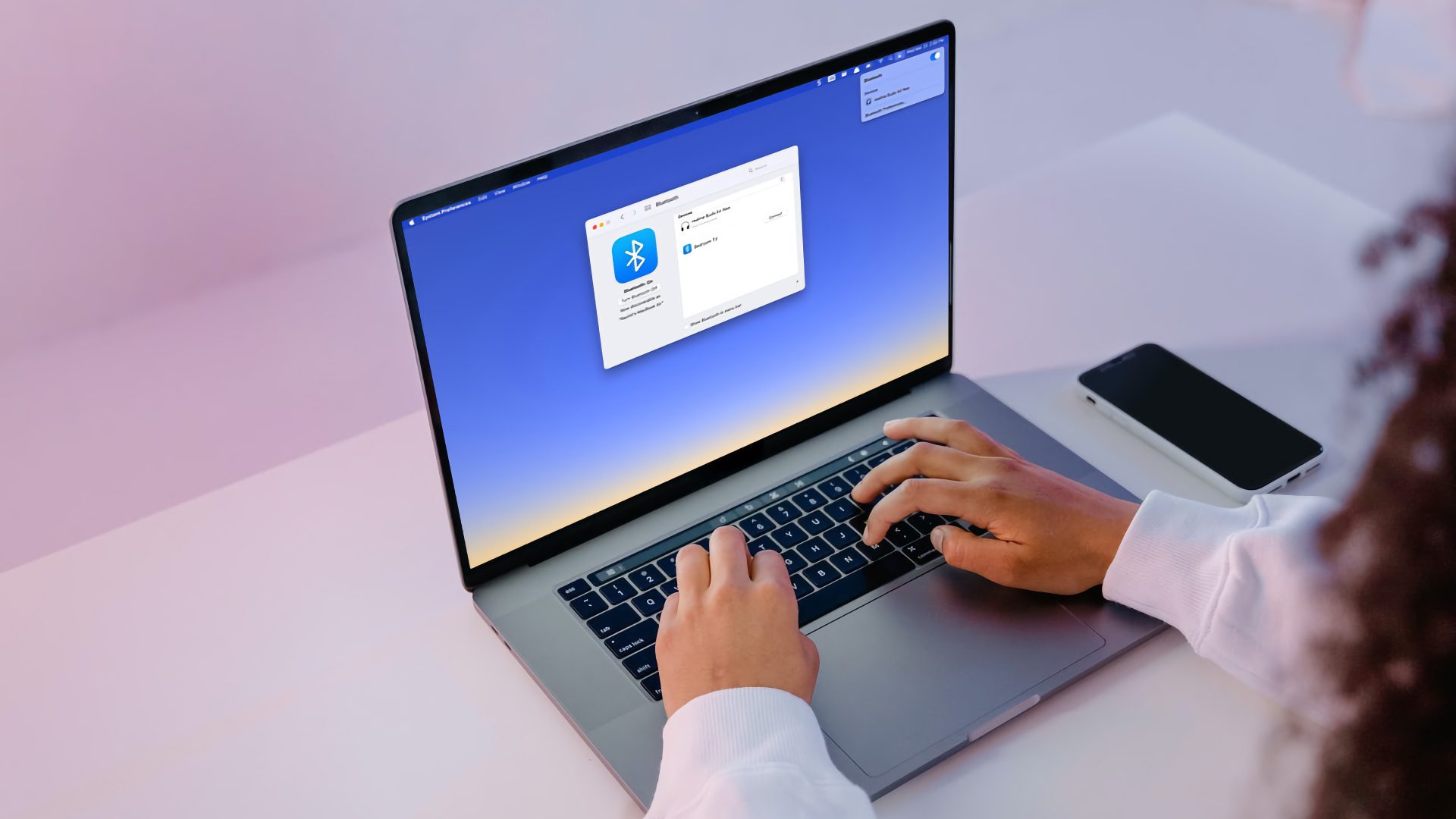But there are still instances where you may want your hands on JPG versions of your HEIC images. That often happens when certain third-party applications or web portals refuse to accept the HEIC format. If that’s the case, then here are three remarkable ways that you can make use of to convert your HEIC images to the JPG format easily.
1. Photos App — Drag and Drop or Export
The Photos app features two ways to convert your HEIC images to the JPG format. The first method is super-easy — drag and drop the photos to the desktop or some other folder within Finder, and they will be converted to the JPG format automatically. The other method is a tad complicated and involves exporting images. You may prefer this over dragging and dropping since it allows for granular control over the file conversion process. Once you’ve selected the HEIC image or images, open the File menu. Next, point to Export, and then click Export Photos. On the dialog box that shows up, specify the output file format (JPEG in this case). After that, select the preferred image quality, perform any other configurations as desired, and then click Export. You will then be prompted to select an output location. Once you do that, the Photos app will convert and export the images.
2. Preview App — Convert and Export
For HEIC images that reside outside the Photos app, you can use the Export function in the Preview app instead to convert them to JPG. To export a single image to the JPG format, open the image in Preview, and then open the File menu. Follow up by selecting the Export option. You will be prompted with a tiny pop-up box. Set the output format to JPEG, adjust the quality level, select the output folder, and then click Save to convert the image. To convert multiple photos using the Preview app, start by selecting the files while holding down the Command (Cmd) key. Next, right-click any selected photo, and then click Open to open the photos in a single Preview window. Press Command+A shortcut to select all the photos in the Preview window. Follow up by opening the File menu. Click Export Selected Images to continue. On the Finder window that shows up, specify an output location, and then click the Options button on the lower-left corner to reveal the export options. Select JPEG using the pull-down menu next to Format, adjust the level of quality using the slider provided, and then click Choose to convert the files.
3. iMazing — Third-Party Converter
Aside from the Preview app, another easy way to convert images located outside the Photos app involves using a third-party file conversion utility called Imazing HEIC Converter. It’s an incredibly tiny and user-friendly applet and is free to use with no bloat or advertisements whatsoever. Download iMazing HEIC Converter After downloading and installing the applet, simply drag the HEIC files that you want to convert into the iMazing HEIC Converter window. You can then specify the output format (JPEG), adjust the file size, and choose to keep or remove the EXIF data after conversion. After that, click Convert. You must then specify an output location to save the converted images. Keep iMazing HEIC Converter if you plan to convert HEIC files on a regular basis. That will eliminate the need to export images using the Preview app often.
Good Ol’ JPG
The HEIC format brings numerous benefits to the table. It requires just half the storage space compared to traditional formats (such as JPG), yet it can surprisingly hold even more visual data. It should definitely be the standard photo format of the future. But outside of the Apple ecosystem, HEIC is yet to catch up. So until it becomes the norm everywhere, knowing how to convert a HEIC image to the widely compatible JPG format, even on a HEIC-friendly platform such as macOS, can be vital. Or you can ditch the HEIC format and choose to shoot photos directly in the JPG format itself. Next up: You can also download any HEIC image shot on the iPhone in the JPG format to your Mac via iCloud.com. Find out how to do that easily. The above article may contain affiliate links which help support Guiding Tech. However, it does not affect our editorial integrity. The content remains unbiased and authentic.










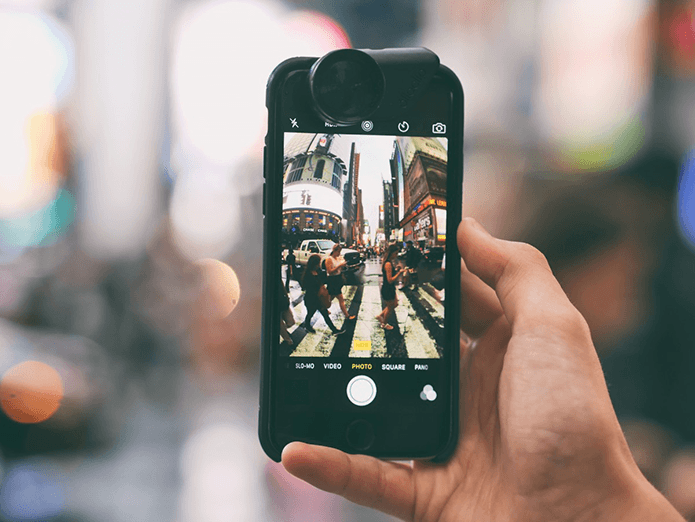
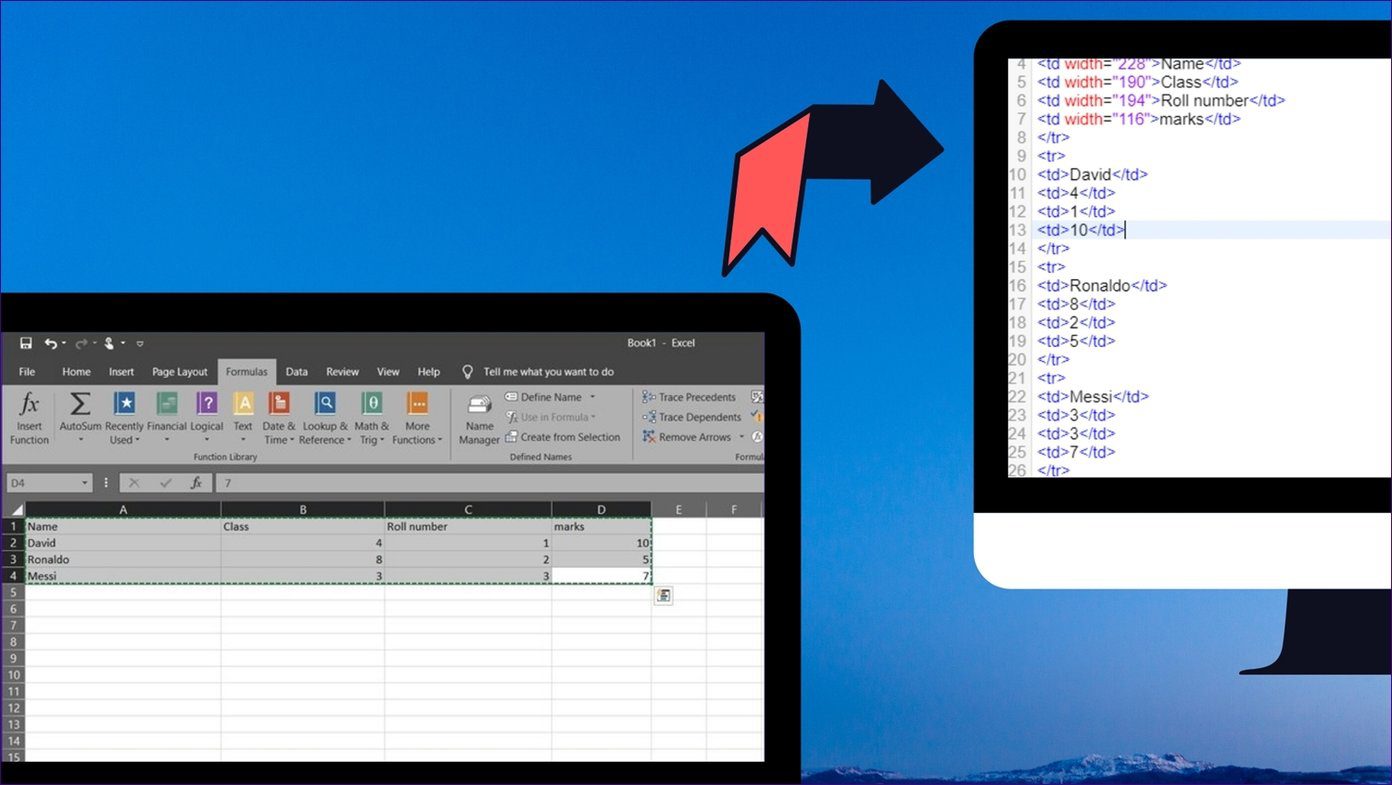

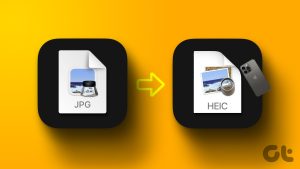


![]()
